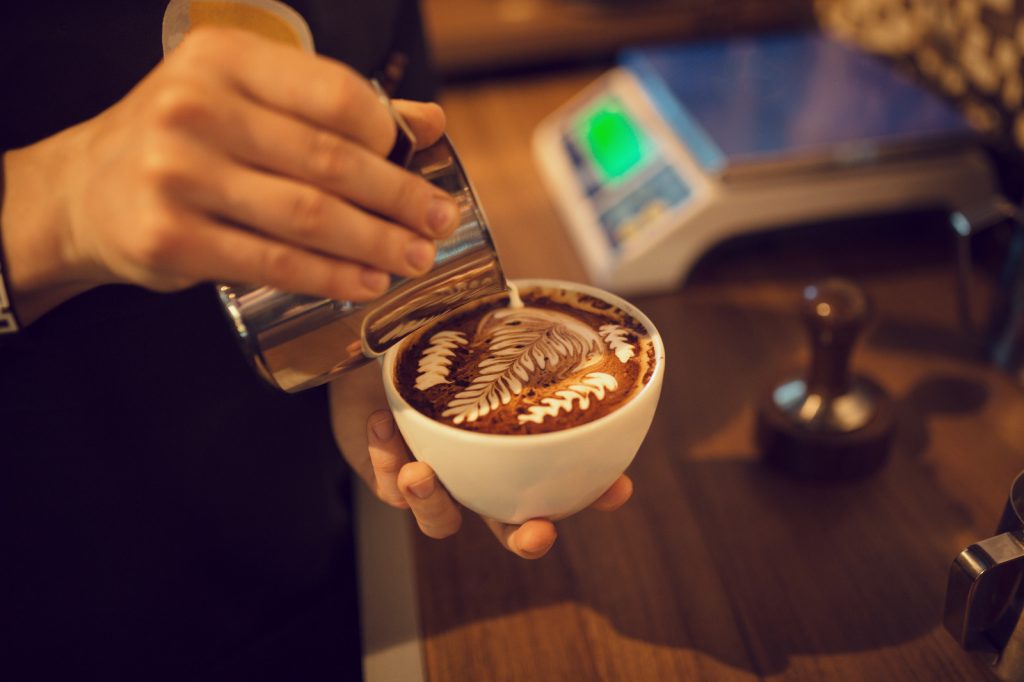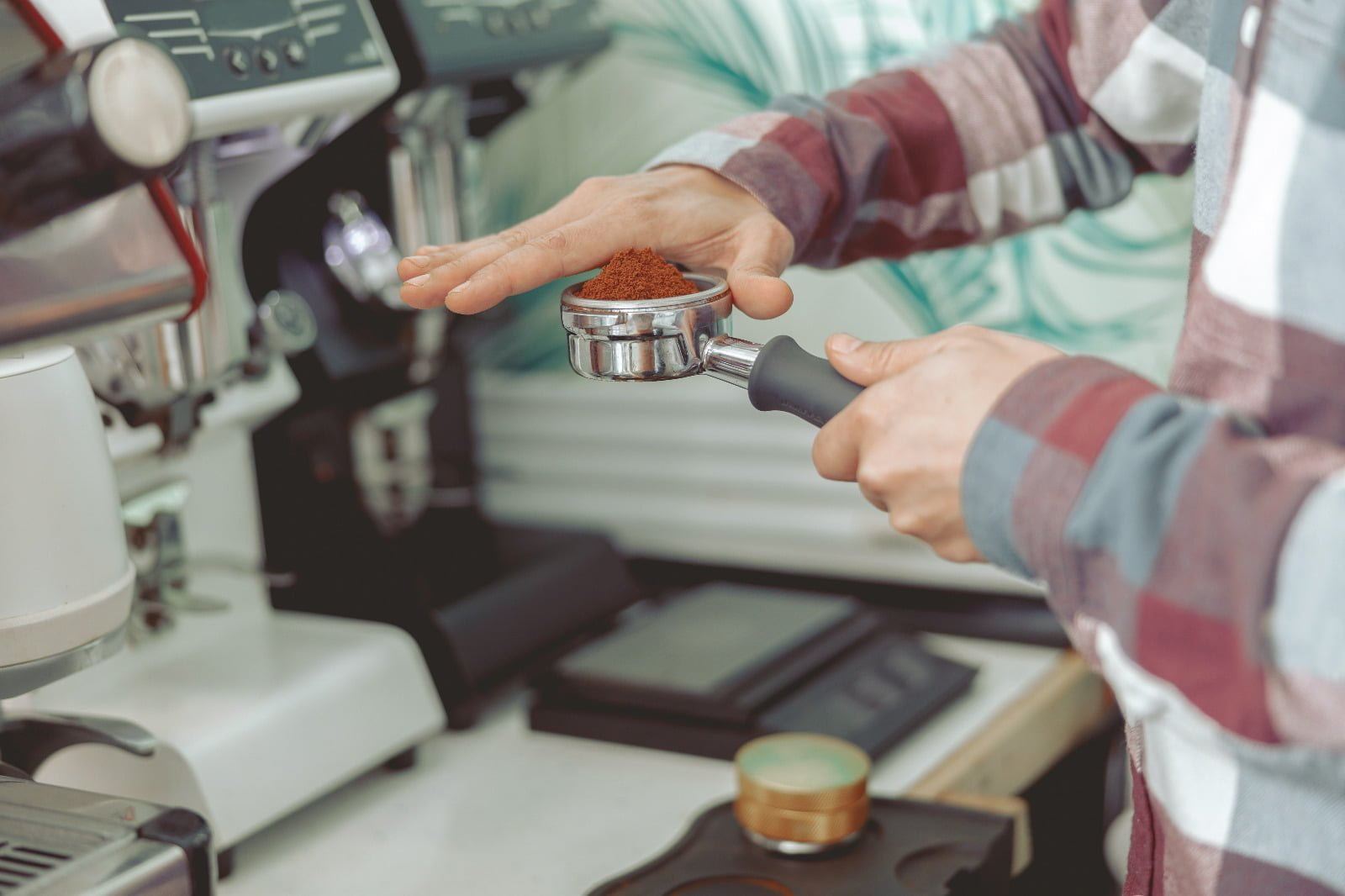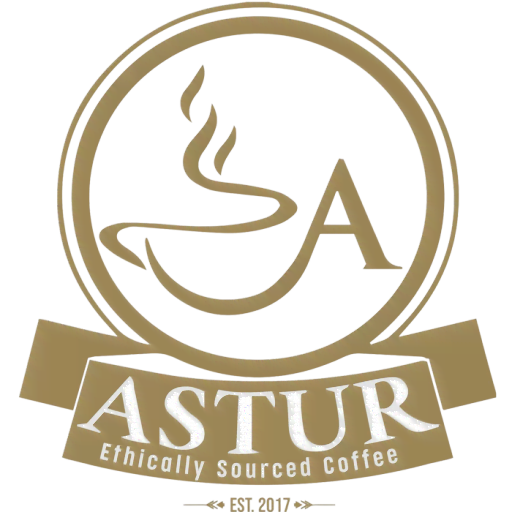
So you’ve jumped on the bandwagon and bought a new coffee machine. You’re wondering what type of coffee you should buy and how you can replicate that perfect cup of espresso from your favourite cafe at home.When it comes to coffee, there are a myriad of choices, an exciting, albeit daunting venture for coffee lovers who are just starting out on this journey.
If you’re new to specialty coffee or are interested in brewing your own coffee, then it’s important to make sure you’re getting top quality coffee beans that suit your taste bud and lifestyle.
So let’s dive into the fantastic world of specialty coffee and help you choose fresh and flavoursome coffee beans for your next brew.


COFFEE BEANS
Arabica vs Robusta
Did you know that there are two main types of coffee beans sold in Australia? The first one is Robusta, made from beans of the plant Coffea canephora, which has low acidity and high bitterness. Commonly found in instant coffee, Robusta beans are used to lower the cost of coffees. That’s one of the reasons why you can probably taste the difference between instant and freshly roasted coffee!
The second is Arabica coffee, a higher quality bean that makes up 60% of global production. Arabica plants are grown in more challenging conditions, but the result is a richer, more complex flavour.
At Astur Coffee, we’re proud to offer 100% Arabica coffee that’s been ethically sourced from trusted coffee harvesters from Colombia, Kenya, Ethiopia, Guatemala, India and more places around the world.
COFFEE REGIONS
Coffee is grown all around the world, mainly in places with high altitude and tropical climate. Let’s introduce some of the most renowned coffee regions and their distinct flavour profiles.
Africa
The birthplace of coffee, with Ethiopia, Kenya and Rwanda being the more well-known regions. With extremely high altitudes and favourable climate, Africa is famous for its diverse range of flavours that are generally known to be fruity and floral.
Central and South America
Brazil is reigning as the world’s biggest coffee producer, with Colombia and Venezuela not too far behind. Coffee from this region is known to be rich, sweet, nutty, chocolatey with light acidity.
Asia
Vietnam, Indonesia and India are the largest coffee producers in Asia, predominantly known for producing Robusta. There’s a lot of diversity given the size, climate and terrain of the region.
Single Origins vs Blends
Single origin, as its name suggests, is a bean that comes from a single geographic region and their own distinctive flavour profiles. While single origins may not have the complexity and depth as a blend, they are seen as coffee in its purest form by many coffee connoisseurs.
A blend, on the other hand, is made when you mix several single origins together. Blends are usually heavier and used for milk-based coffees.
ROASTING
Roasting is the process of extracting the aroma and flavour in the coffee beans. Before coffee beans are roasted, they are green, spongy and have no ‘expiry’.
Roasting causes chemical reactions and once cooled, the beans lose their moisture and look like the coffee beans you’re used to seeing. Crunchy, light and aromatic – ready for brewing!



Roast profile
Roasting is an art that brings out the coffee’s taste, mouthfeel, acidity, sharpness and balance. Just as some people prefer lighter and brighter coffee, and others prefer more developed flavours, how the coffee is roasted plays a vital role.
How the coffee is roasted, or its roast profile, falls into four categories:
- Light roasts have no oil on the surface, with bright flavours, fruity smell, thinner body and contrary to myth, the same amount of caffeine as a darker roast.
- Medium roasts have a non-oily surface and a stronger flavour than light roasts. They are also a little less acidic and more balanced out by honey and caramel-like sweetness.
- Medium dark roasts have some oil on the surface and a rich chocolatey or nutty flavours, with a slight bitterness.
- Dark roasts have an oily surface and a bitter taste, similar to a Vienna Roast, Italian Roast, or French Roast.
So you may be wondering how the method of brewing comes into play. Just like how you may prefer lighter roasts to darker ones, you might also prefer to brew with a filter or espresso machine. The general rule of thumb is that lighter roasts are more suited to filter brewing, while darker roasts with the espresso machine.
Darker or espresso roasts are roasted longer and slower to develop the coffee flavours, aromas, acidity, sweetness and body. As a result, darker roasts are more caramelised and have more body, further enhanced by the use of an espresso machine.
Lighter or filter roasts are roasted quicker to preserve the unique characteristics of the coffee, bringing out bright, balanced and clean flavours. There are many equipment you can use to filter your coffee, such as a V60 for a manual pour over, or a brewer like Aeropress or Chemex.
So there you have it – next time you are looking to choose a coffee to drink or buy to use at home, refer back to this guide and identify the characteristics on the coffees you love to drink. We hope that this guide will open you up to new flavours and taste sensations in the wonderful world of coffee.
COFFEE ROASTING DATE
Once roasted, coffee beans are best consumed as quickly as possible, as the flavour of the coffee begins to dwindle. That’s why it’s important to look at the coffee roasting date and try to use up the coffee within the month, when the flavour is at its peak.
At Astur Coffee, your coffee is freshly roasted – either at the time of your order or a few days beforehand – to ensure maximum quality and enjoyment.
